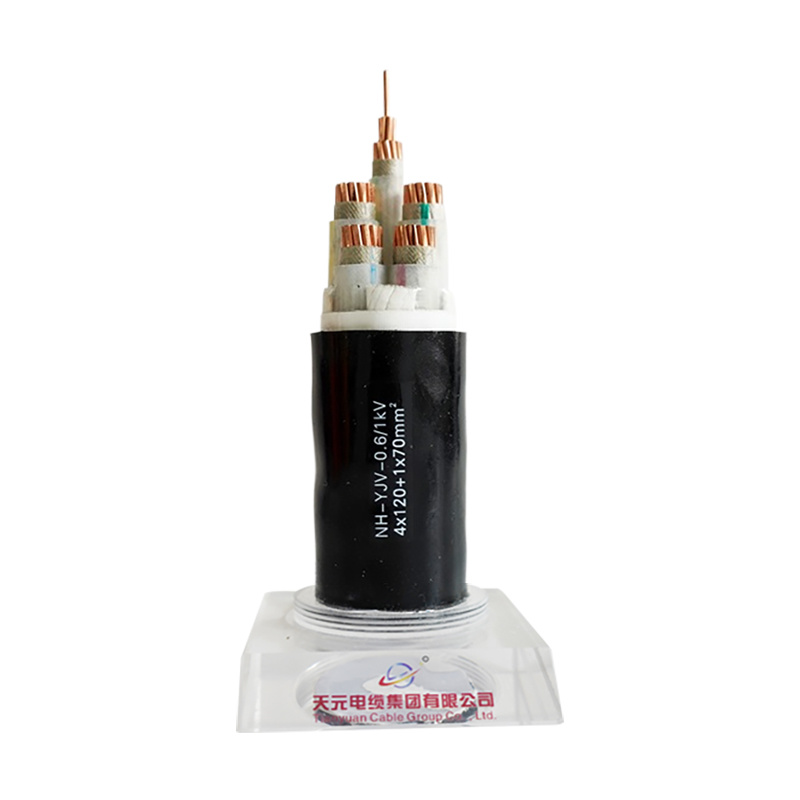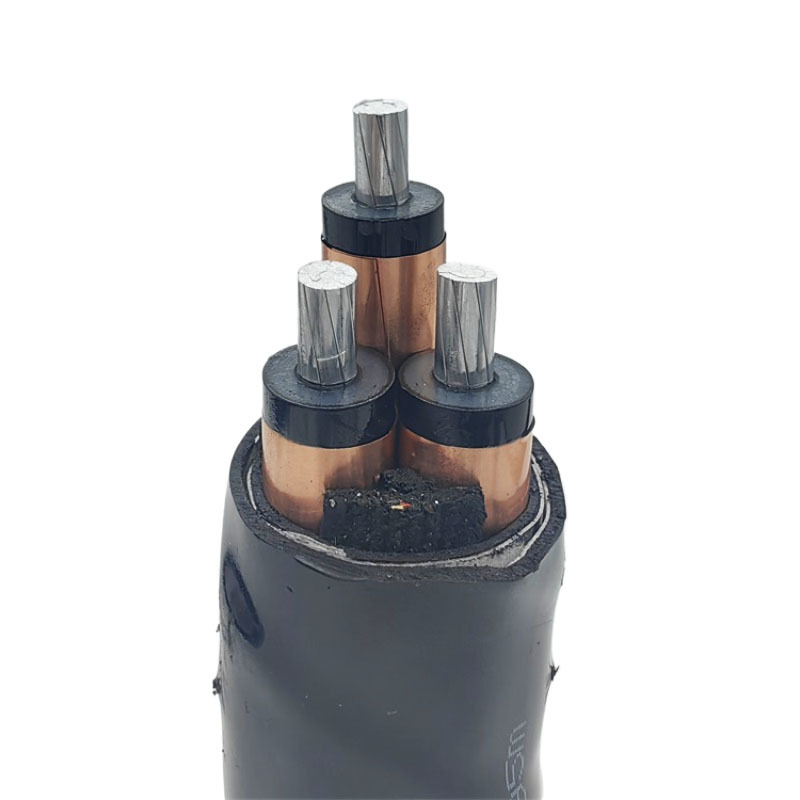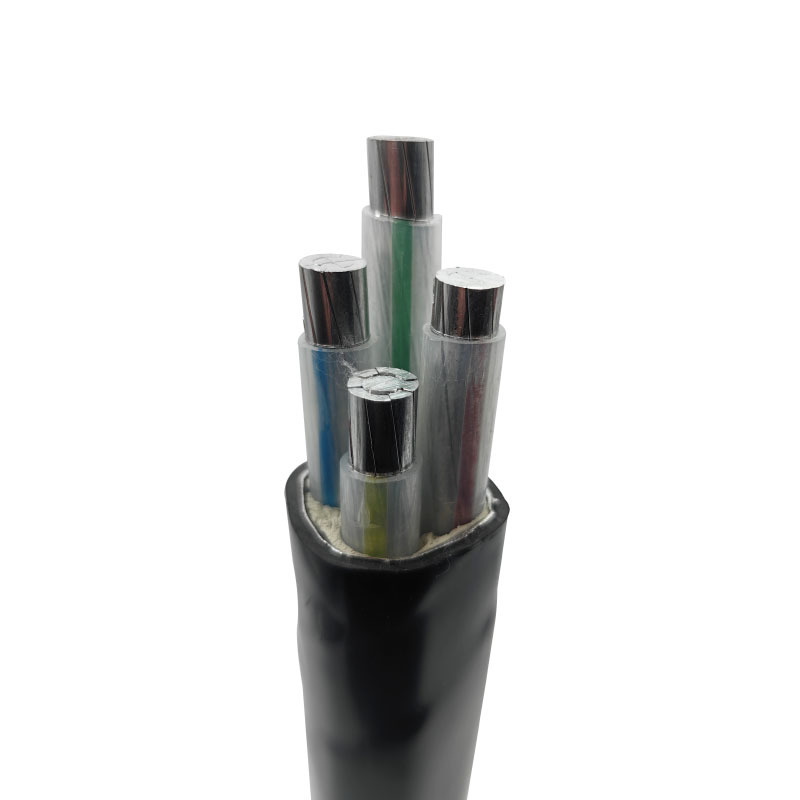



Low-voltage power cable
If you need customized products,Contact us!
Product Category
Label List
- Description
-
Low-voltage power cables refer to power cables with voltage levels below 6kV, used in low-voltage distribution systems or industrial equipment. Below is a detailed introduction to low-voltage power cables:
Structural Composition
Low-voltage power cables are mainly composed of three parts: core wires, insulation layer, and protective layer.
1. Core wires: Used for conducting current, generally composed of multiple strands of copper wire or multiple strands of aluminum wire. Low-voltage cables come in single-core, double-core, three-core, four-core, and five-core types. Double-core cables are used for single-phase lines, three-core and four-core cables are used for three-phase three-wire systems and three-phase four-wire systems respectively, and single-core cables can be used in single-phase or three-phase systems as needed.
2. Insulation layer: The insulating material in the cable with the function of withstanding a specific voltage. The insulation layer is divided into core insulation and tape insulation. The insulation covering the core wire is called core insulation, and the insulation covering the insulated core wires together is called tape insulation. Commonly used insulating materials include paper insulation, plastic insulation (such as polyvinyl chloride, polyethylene, cross-linked polyethylene, etc.), and rubber insulation.
3. Protective layer: One or several layers of metal or non-metal materials covering the outside of the cable, used to protect the insulation layer from damage by external forces and water ingress during transportation, laying, and use. The protective layer is usually divided into an inner protective layer and an outer protective layer.
Application Scenarios
Low-voltage power cables are mainly used in terminal equipment for power transmission and low-voltage distribution systems. Here are some common application scenarios:
1. Household electricity: Low-voltage cables are often used for household wiring, sockets, switches, and other power connections to provide power for household appliances.
2. Commercial buildings: Wiring, lighting, and distribution systems in commercial buildings usually use low-voltage cables.
3. Industrial production lines: Low-voltage cables are used to transmit electricity and provide power for production equipment, such as automated production lines and machinery.
4. Public facilities: Power transmission in public facilities such as streetlights, traffic signals, and parking lot lighting.
Selection Factors
When selecting low-voltage power cables, the following factors need to be considered:
1. Voltage level: Low-voltage cables are suitable for low-voltage power transmission, usually not exceeding 1kV.
2. Transmission distance: Low-voltage cables are suitable for short-distance, local area power transmission.
3. Economy: Low-voltage cables are usually less expensive and suitable for applications with low requirements for voltage loss and signal attenuation.
4. Core cross-sectional area: Select the appropriate core cross-sectional area based on the current load and allowable voltage loss.
5. Insulating material and protective layer: Select the appropriate insulating material and protective layer based on the environmental conditions and laying methods.
Laying Methods
There are various laying methods for low-voltage power cables, including direct burial, cable trench laying, tunnel laying, and wall laying. When choosing a laying method, the following factors need to be considered:
1. Avoid mechanical external forces, overheating, corrosion, and other hazards.
2. The cable laying path should be as short as possible.
3. Easy for construction and maintenance.
4. Comply with planning requirements and avoid crossing with other pipelines.
Performance Characteristics
Low-voltage power cables usually have good electrical and mechanical properties, such as heat resistance, cold resistance, and acid and alkali corrosion resistance. In addition, some special types of low-voltage power cables also have flame-retardant and fire-resistant properties to meet the needs of different application scenarios.
In summary, low-voltage power cables play an important role in power transmission and distribution systems. When selecting and using low-voltage power cables, it is necessary to fully consider their structural composition, application scenarios, selection factors, laying methods, and performance characteristics to ensure the safe, reliable, and economical operation of the power system.
Low-voltage power cable
If you need customized products, Contact us!
Product Category
Label List
Get Quote
Fill in your phone and E-mail information, we will get in touch with you in a working day, as soon as possible to solve your problems.











